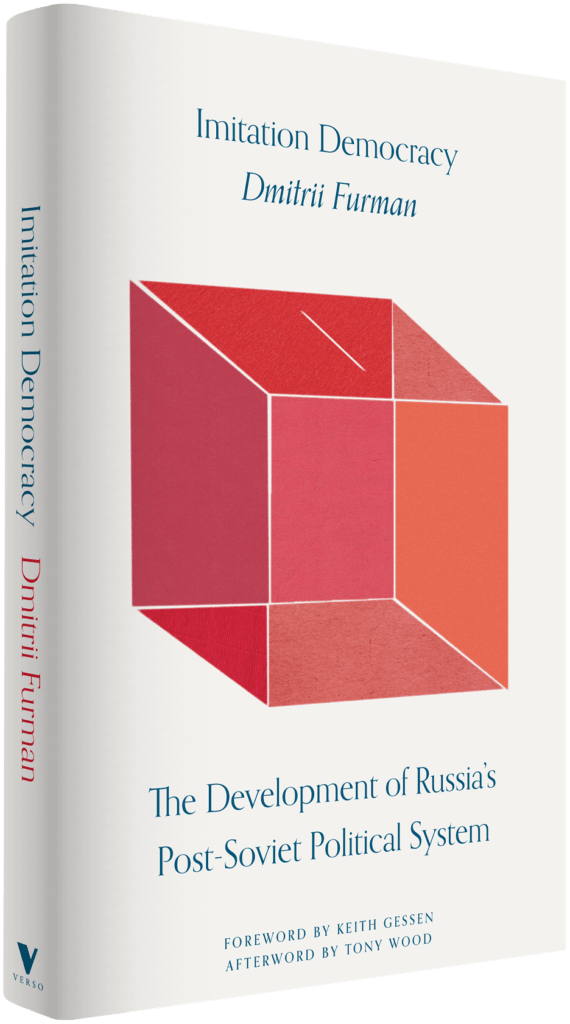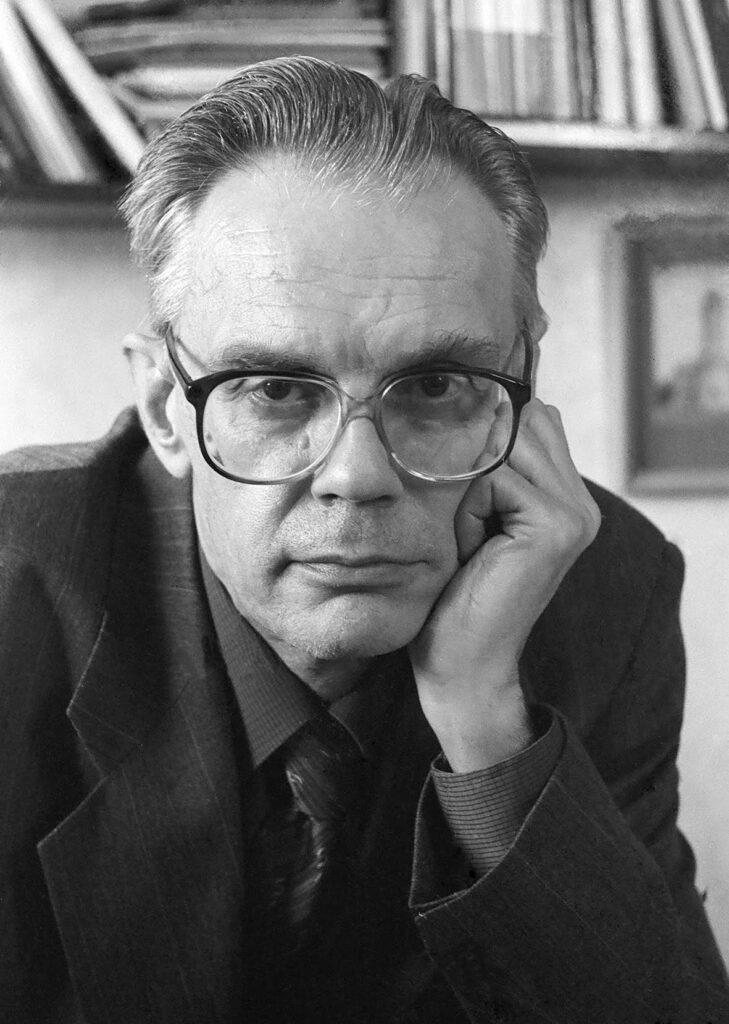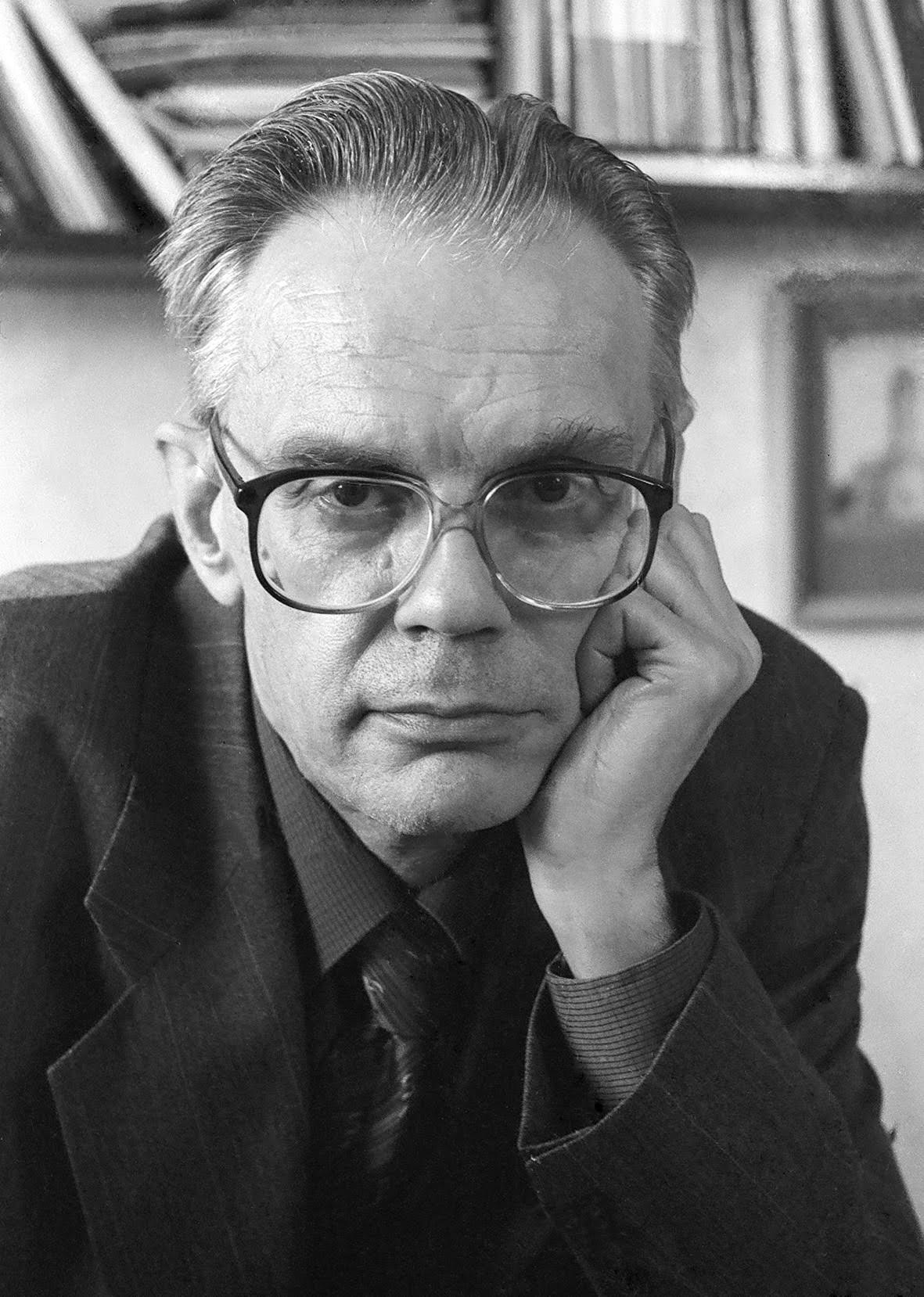Note from LeftEast editors: In November 2022, Verso will publish an English-language translation of Dmitrii Furman’s Imitation Democracy: the Development of Russia’s Post-Soviet Political System (forward by Keith Gessen; afterword by Tony Wood), one of the most insightful and prophetic texts written at the end of Putin’s first decade in power. LeftEast is delighted to be able to publish this excerpt, which details the departure from the language of democracy to one of nationalism. Imitation Democracy details the struggles among partisan factions, and the waves of public sentiment, that shaped modern Russia’s political landscape. In a welcome antidote to books that blandly decry Putin as an omnipotent dictator, Furman examines Putin’s platforms, constituencies, and sources of power. Furman offers a definitive account of the formation of the modern Russian political system, casting it into powerful relief through comparisons with other post-Soviet states.

Ideological Quests
When post-Soviet Russia emerges, it is as a society whose proclaimed goal is ‘a return to world civilization’ and the construction of a system modelled on those of Western democracies. The ways in which Russia differed from these countries were denied, glossed over, or explained ‘transitionologically’ as hardships unique to the establishment of democracy in a country with a ‘heavy inheritance’, one that had endured ‘the horrors of Communist totalitarianism’ and the embittered resistance of Communist revanchists. Every revolution produces a similar pattern. The early Bolsheviks had decried the ‘damned autocracy’ in every way they could, exaggerating its faults. Their time was depicted as one of hardship and struggle, to be endured through gritted teeth on the way to the promised land of socialism and Communism. The early democrats replaced the ‘pluses’ of the Bolshevik rubric with ‘minuses’. With the ‘damned autocracy’ swapped out for the ‘damned Communists’, it was just as perilous a time, offering a road that had to be walked, no matter the costs, to reach the market and democracy.
But the Westernist democratic market ideology was always that of a minority, and over the course of Russia’s social and political evolution it contracted rather than expanded. Politicians avoided the very words ‘democrats’ and ‘democracy’, which took on the ring of an obscenity. Those in power had to shift their ideological emphasis, accentuating the values of order, patriotism, and tradition as they oriented themselves ever more directly toward the traditionalist strata. Official ideological rhetoric began to take on an anti-Western flavour. These changes were accompanied by a political trans- formation that brought Russia no closer to resembling a Western country. On the contrary, it was pushing Russia further from both the socio-political model of the ‘Western world’ that had been successfully adopted and reproduced by the post-Communist countries of Central Europe and the principles that had been declared during its own creation. As this went on, the traditional features of Russian society and the Russian state came into ever-sharper focus. These two processes – the traditionalist reorientation of ideas and the construction of a system of imitation democracy – found them- selves functionally bound together, each both presupposing and reinforcing the other.
The ideology of stability, and of denying the need and even possibility of a new revolution, had become the ideology of the victors of 1991. Already under Yeltsin, and then more actively under Putin, we saw a notion gaining ground that Russia had ‘reached its limit on revolutions and civil wars in the twentieth century’, and had now finally attained a reasonable structure. What had been sought in the late eighties was, in the early nineties, achieved. Further development could only be ‘quantitative’ in character; it could not impact the foundations of the system. But this, in turn, meant that the transitionological explanation for Russia’s peculiarities no longer sufficed, and it became necessary to find another explanation for why the new system so obviously failed to conform to both Western norms and the glorious futures that had been predicted in the earliest days of post-Soviet development. The need to find within the specifics of Russian culture an explanation for the differences between Russia’s system and those of the West was obviously stronger than in Muslim post-Soviet imitation democracies, where presidents insistently pointed to the backwardness of their own people (‘for them, there can be no other way’) and the dangers of Islamic fundamentalism (1).
The system as it had actually developed could be explained only by reference to Russia’s national past – a gesture toward the organic naturalness of such a system for Russia, its rootedness in Russian history. Under Yeltsin, a tendency emerged to find symbolic parallels in the tsarist period (and even some toying with the notion of restoring the monarchy, though this was never very serious). Orthodox Christianity took on the character of a kind of ersatz official ideology, with the patriarch acquiring huge importance as a symbolic- ideological figure whose physical proximity to the president sacralized his power, and being seen in church on holidays became a sign of loyalty among officials and businesspeople – many of them until recently Communists. (Vladimir Sorokin’s dystopian novel The Day of the Oprichnik portrays a future grotesquely extrapolated from this traditionalist tendency.)
This trend continued developing under Putin, with the addition of symbolic ties to the Soviet past that would have been unthinkable under Yeltsin. These ties were not, of course, to revolutionary upheaval, nor socialist ideology, but rather to the USSR’s stability and imperial greatness. The two-headed eagle was accompanied by the strains of the Soviet anthem (Yeltsin, now retired, raised his objections, but no one listened). In the pantheon of great names being created, tsars, their dignitaries, and White Guardists stood alongside Communist leaders like Andropov (all of them ‘statesmen’, founders of Russia). But revolutionaries were not welcome. On TV, heroic Soviet Chekists competed for airtime with no less heroic tsarist men-at-arms. This could produce absolutely monstrous juxtapositions, like the Kremlin solemnly marking the anniversary of Komsomol (the All-Union Leninist Young Communist League) at the same time academic experts on another channel were declaring Lenin a blood-soaked, syphilitic madman.
The meaning of the 1991 revolution, and of Yeltsin as the founder of a new Russian state, was being obscured (here we see one difference between the Soviet ‘coil of the spiral’, in which the figure of the founder, Lenin, was sacralized, and the post-Soviet coil), and the nineties were being presented as an era of ‘difficulties’ – one that was already, thank God, behind us. If in the early nineties the Soviet Union had been portrayed as a ‘kingdom of darkness’, now it was the wild nineties themselves being portrayed as a kingdom of darkness – one from which Putin had rescued Russia. Ideas about the indispensability to Russia of a strong central government, and about the country’s ‘special path’, were being promulgated. The words of the emigrant philosopher Ivan Ilyin, who had worked on Nazi propaganda and written on the inevitability of a Russian ‘Christian dictatorship’ that would succeed Communism, were quoted by Putin and took on an almost official significance.
The system under development sought an ever-greater measure of ‘self-determination’, hoping to create an autonym and develop its own language. The later days of the Putin era (2) even saw the emergence of a term whose inventors claimed it would define that system and express its distinctiveness and differences from Western systems; they called it ‘sovereign democracy’. (I would argue that this term, by its meaninglessness and air of functionalism, is quite comparable to the late Soviet ‘real socialism’, or something like ‘people’s democracy’.) Another term coined to designate the specifics of the system and the special place of Putin’s presidency was ‘national leader’ (itself perilously close to ‘chieftain’).
Like so much in post-Soviet development, this evolution some- what recapitulates the evolution during the Soviet period, when, faced with a decline in official ideology and the system’s taking on more traditionally Russian features, those in power tried to establish symbolic ties to the Russian Empire and attract traditionalist and imperialist ideological support (3). As in the Soviet past, the process could not be completed.
Power could not fully break free of its democratic ideological roots, just as Soviet power had been unable to fully break free of its Marxist-Leninist roots. Firstly, the transition to a new ideology would mean the threat of the political destabilization that power feared most of all. Secondly, there was no ideological alternative to democracy, and none could be invented. Thus, traditionalist tendencies within the ideological sphere remained on the level of ‘symbolic games’. Democratic rhetoric never disappeared from the lexicon of power. The term ‘sovereign democracy’ was rejected. But with Medvedev’s rise to power, the importance of democratic rhetoric once again increased sharply (4).

“In the flatlands of post-communism, one exceptional figure always stood out. Uniquely, in the mind and character of Dmitri Furman the two distinct incarnations of the Russian intelligentsia came together, at a time when both seemed to have all but disappeared. Virtually unknown outside the country, and little registered within it, he was a scholar of comparative religion and an anatomist of the aftermath of the USSR who joined political integrity and intellectual originality in a body of work that addressed the fate of his country, and the past of the world, in ways that were equally and strikingly passionate and dispassionate.”
Perry Anderson, London Review of Books
Footnotes
(1) Nazarbayev: ‘If there weren’t five authoritarian regimes here [in central Asia], there’d be ten Bin Ladens’ (Kommersant, 12 May 2003, 11).
(2) Furman is writing, of course, before Putin’s formal return to the presidency for a third term. —Trans.
(3) ‘Here, an obvious similarity to the use of imperial (and, to a degree, nationalistic) motifs by Joseph Stalin in the forties and early fifties shows through’ (Solovei and Solovei, Failed Revolution, 385). The use of these motifs is not confined to the Stalin era, however. While it decreased under Khrush- chev, it was an active presence during the Brezhnev years.
(4) Medvedev’s essay ‘Forward, Russia!’ even marks the return of some transitionological thinking. The contemporary situation is viewed as one of transition, with the future promising the establishment of full democracy, as defined by the rotations in power of various political forces.

